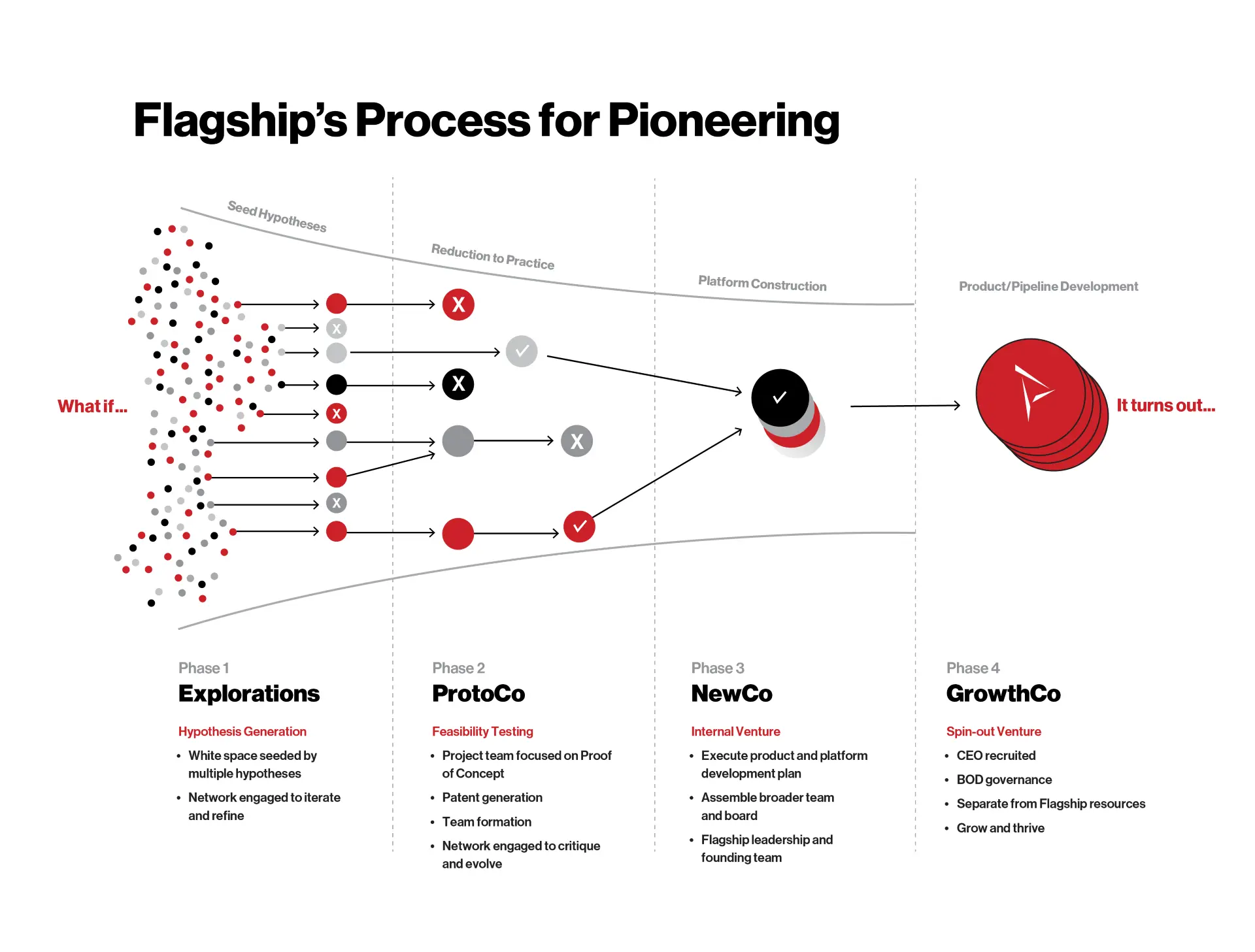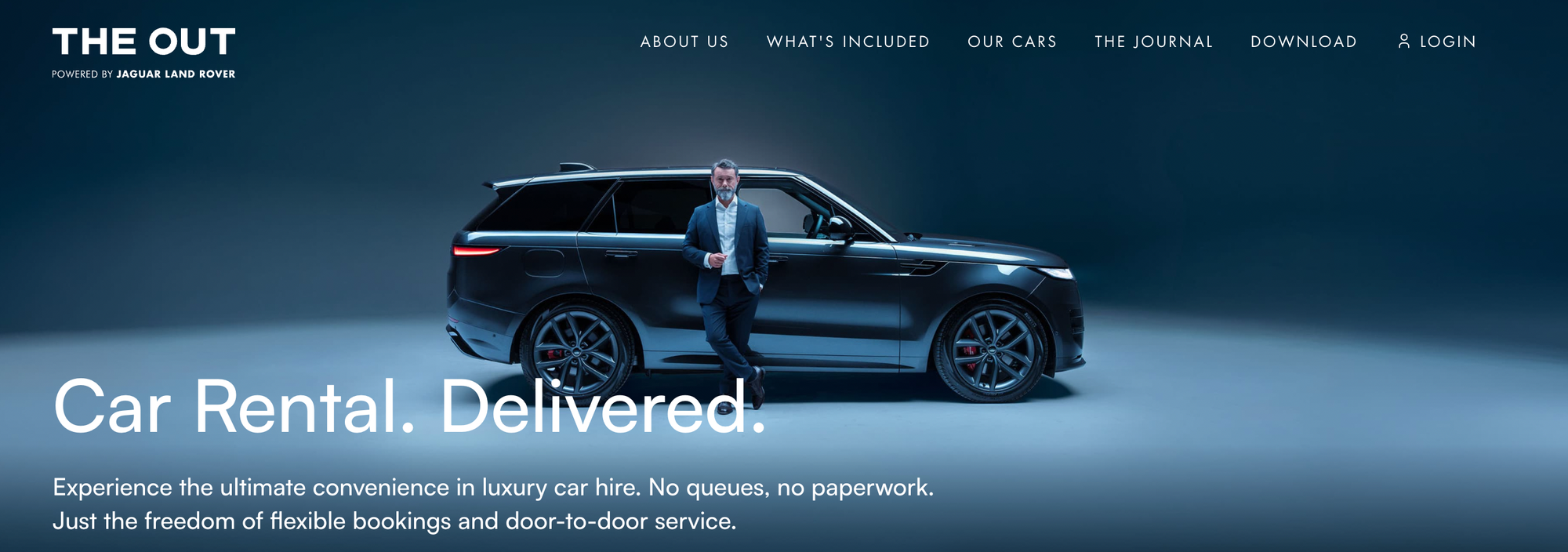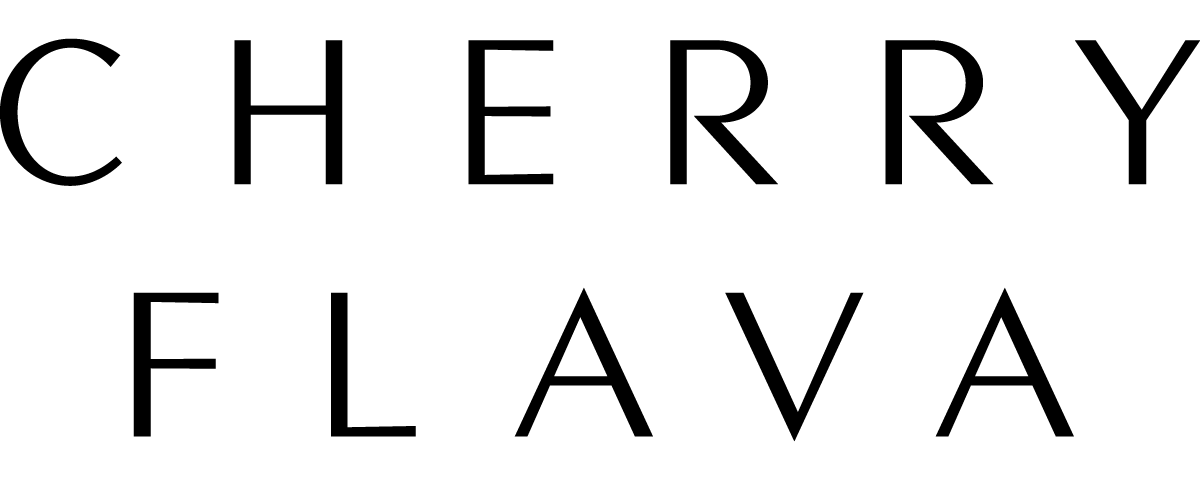Corporates explore the venture studio approach
Venture studios excel at identifying promising concept ideas and launching them quickly using lean validation techniques. The approach enables them to test and validate ideas without wasting time and resources on concepts that may not succeed.

“If you don't know what you want, you end up with a lot you don't.”
Chuck Palahniuk, Fight Club
There are clear differences between knowing roughly where we're going, knowing exactly where we're going, knowing how we will get there, knowing which direction to go ... (and so forth).
Too often we conflate the elements in this mix of knowledge and uncertainty.
How Now Brown Cow?
We have long been advocates of an iterative, bottom-up, tinkering, pivoting, continuous-learning, continuous-discovery, course-adjusting, re-prioritising, mistake-admitting, always-improving, okay-yes-you-get-the-message type of approach to business success and outperformance.
We have also long been advocates of embedding such approaches in corporate environments through vehicles such as ventures (which go beyond what BAU and projects can achieve) inside of corporate innovation hubs.
Startup Studios
Now it seems as if a relatively less-used model for driving out business ventures is gaining a lot of traction. This approach, in a sense, sits 'between' the extremes of VC-funded entrepreneurship models and corporate-funded intrapreneurship models.
We are referring to the so-called Venture-studio (or Startup Studio or Startup Factory) model; an approach where, to quote Wikipedia, a studio-like company ... aims at building several startup companies in succession.
This approach is, in fact, not only gaining traction. The data suggests that this model is 30% more successful than more established approaches.
Why more successful?
From this bundl.com article:
"Venture studios excel at identifying promising concept ideas and launching them quickly using lean validation techniques. The approach enables them to test and validate ideas without wasting time and resources on concepts that may not succeed."
Many corporate environments hate these (test-and-validate) types of approaches. They prefer to see a clear plan and a well-defined scope.
The Bottom Line
So, yes, if one looks at Venture Studios:
An iterative, bottom-up, tinkering, pivoting, continuous-learning, continuous-discovery, course-adjusting, re-prioritising, mistake-admitting, always-improving, business-case-ignoring, opportunity-seeking, okay-you-get-the-message approach it is then.
Working examples?
Moderna - the company that is well-known for its covid vaccine was founded by a biotech venture studio called Flagship Pioneering
Flagship Pioneering apparently follow a clearly mapped out process in their approach that leverages their institutional knowledge with the energy and drive of a start-up.

InMotion Ventures is the venture studio of Jaguar Land Rover (JLR)j (yes...that Jaguar Land Rover) - they use the venture studio-model to prototype and scale ideas in the mobility category with the aim of building their brands competitively in the longer-term.

They leverage the power of corporate scale with the specialist expertise of corporate venture capital to invest in innovation at the fringe that wouldn't ordinarily be accessible to a big enterprise.
According to Mike Smeed of InMotion Ventures, there are at least 5 benefits that JLR get from their venture studio approach:
- Investing is the gateway to the startup ecosystem. Being an active investor attracts other venture capitalists and provides more opportunities to learn about innovations in the market.
- Bring innovation into the company. InMotion wants to accelerate the pace of innovation and delivery of their strategic transformation by investing in early-stage startups in climate, industrial, and enterprise technologies.
- Speed to market and cost. Startups can move at a faster pace than larger organizations, which can be beneficial to the development of both companies. For example, InMotion can help a startup solidify their use cases by providing them with access to Jaguar Land Rover's resources, like engineers, test fleets, test rigs, virtual environments, and test tracks.
- Investing is a capital-efficient way of innovating. By investing in a company, InMotion can gain access to that company's resources for a fraction of the cost. For example, if InMotion invests $200,000 in a $2.5 million round, they essentially have access to $2.5 million worth of resources.
- A fair financial return. InMotion needs to make sure that the companies they invest in will generate a return on their investment.

